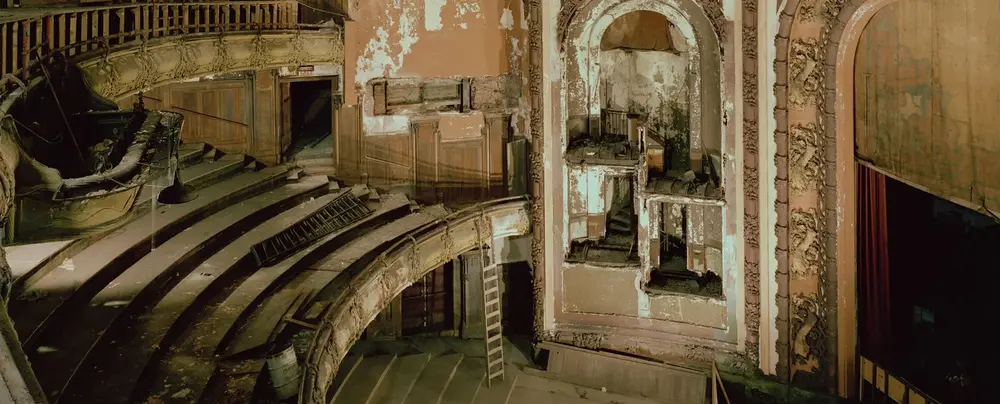History of the New Amsterdam Theatre
The New Amsterdam Theatre, located at 214 West 42nd Street, has been a shining example of Broadway since it was opened on the 26th of October 1903. It was designed by architects Henry Hertz and High Tallant, who used the Art Nouveau style to make it look both grand and unique.
It was originally hailed as one of the most beautiful and technologically advanced theatres of its time. Today, audiences love its old aesthetic, but the theatre has never stopped being at the forefront of modern stage technology.

Early years
The theatre was first home to a series of theatrical performances produced by Florenz Ziegfeld. The Ziegfeld Follies, as they were called, captivated a generation of audiences with their elaborate sets, costumes, and memorable performances.
This was how the New Amsterdam established itself as one of the best theatres in the city. Through time, the theatre also hosted other important productions, becoming a central part of what is now known as Broadway’s golden age.
Decline & revival
After the golden age, the theatre went through a rapid decline. This is a story echoed in many theatres across the city. By the mid-20th century, the theatre became a movie-house. It then closed in 1985, facing the threat of demolition. Thankfully the 1990s saw a turning point that revived the theatre back to its former glory.
Disney’s acquisition
Looking to find a home for various theatre productions of their stories, the Walt Disney Company entered into a 99-year lease agreement with the theatre. This marked a wider effort to restore Times Square and the theatre district. After huge investments, the theatre was restored to its original form at the same time as upgrading its facilities to meet modern standards.
The New Amsterdam Theatre reopened in 1987 with the hit musical “The Lion King.” This marked the beginning of a new age for the theatre, with Disney still managing the theatre to this day, putting on further productions like Mary Poppins and Aladdin.
Modern era
In the modern era, the theatre has become one of the most important landmarks in the theatre scene of New York City and the wider world. Attracting millions of guests from around the globe to see its shows, the theatre continues to be an important reminder of the appeal of Broadway.
